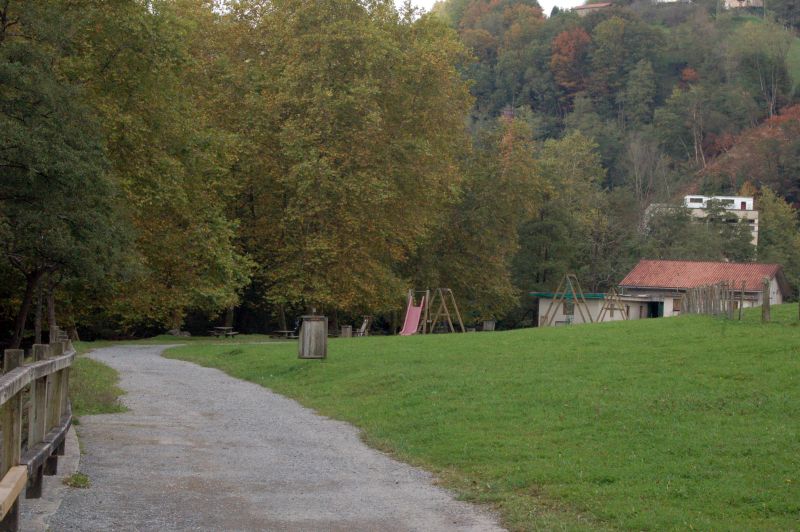
Puntos de Interés

Geology
The Tajogaite volcano
The Tajogaite volcano is the result of the most recent eruption on the island of La Palma. The eruption began on 19 September 2021, lasting until 13 December of the same year, after 85 days of activity, setting a record as the longest eruption ever recorded on the island and the third longest in the Canary Islands.
The thirteen neighbourhoods impacted by the lava flows belonged to the municipalities of Los Llanos de Aridane, El Paso and Tazacorte. It was one of the most devastating volcanic eruptions in Europe in centuries, forcing the evacuation of thousands of residents. This catastrophe engulfed hundreds of plots of land and advanced towards the ocean, creating a new island terrain and leaving a striking mark on the local geography in its wake.
In terms of the surrounding geography, the Tajogaite volcano is located along the Cumbre Vieja Ridge, which contains active volcanic cones and craters. This area has experienced historic eruptions in the 17th, 18th and 20th centuries, with the Teneguía eruption in 1971 the last one before the Tajogaite eruption. As for its morphological characteristics, the volcano reaches a height of 1120 m above sea level. The main cone measures approximately 200 m from the most distant point to the pre-eruptive topography (based on 1080 m asl). The Tajogaite complex has six craters, the main crater being the most prominent, with a major axis of 172 m and minor axis of 106 m.
The toponymy of Tajogaite is identified with a region of the island, within the municipality of El Paso and is located to the south of Los Romanciaderos, in the vicinity of Montaña Rajada. This name, recorded since the 18th century in local documents related to land ownership, has its roots in the Benahoarita period.
The 2021 volcanic eruption was not only been a major geological event on the island, but has also contributed to the understanding of the global geological system. This has turned the island of La Palma and Cumbre Vieja into a focus of attention for geologists and vulcanologists, who are contributing to the understanding of the volcanic activity and geodynamic processes of the Canary Archipelago. Tajogaite stands as a living testimony to volcanic activity and is an essential element in the island's recent memory.


